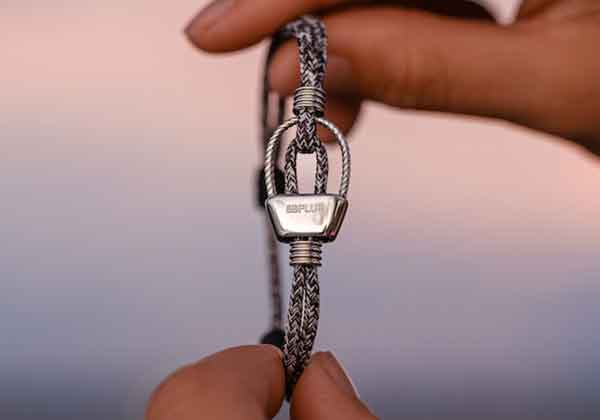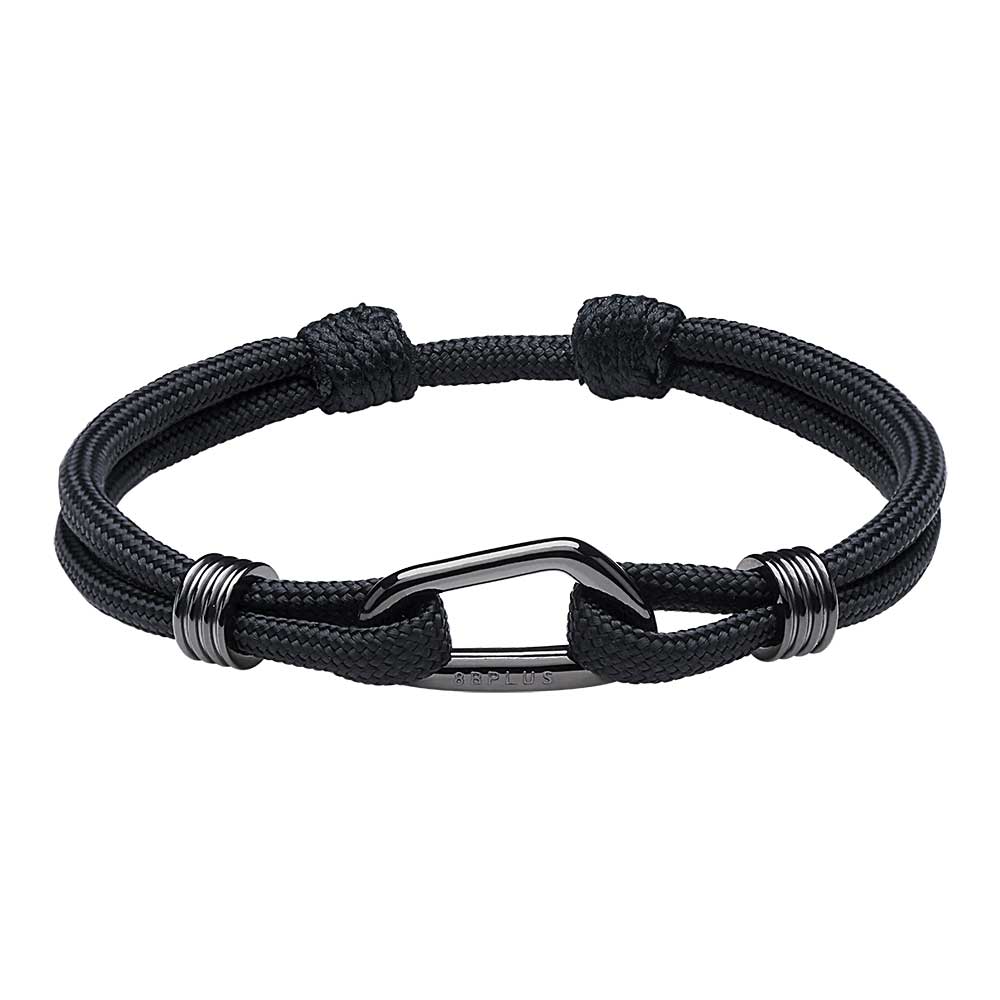
Overcoming the Fear of Falling
Being a climber means you have to overcome many hurdles. They are typically physical hurdles but often there are mental ones as well. We wrote this article to help you overcome one common fear that almost all climbers had to overcome—the fear of falling.
Some Background
The first thing you should know is that you absolutely can conquer it. You are stronger than your fear. However, we cannot promise that we will be able to cure you in just these few hundred words. Still, this article aims to set you off on the path towards living free of fear.
No one method will work the same for everyone. Don’t expect a perfect and instantaneous cure as those rarely (if ever) exist. It all likelihood, recovery will happen slowly but steadily. In other words, think of it as another training goal. One for your mind rather than your body.
Basiphobia is related to the fear of heights (acrophobia), which is one of the most widespread concerns on record. Countless people have dreamed about falling and, just before impact, they wake in a cold sweat. It is nothing shameful. There are many causes for this fear but whatever the reason it is still inhibiting your progress as a climber.
What You Can Do
Fortunately, there are quite a few different steps you can take:
Practice
Simply practicing goes a long way toward building confidence in your skills. That way if you ever find yourself mid-climb out at a crag and the fear suddenly strikes you again, you can think, “Wait, I’ve done this countless times before. I know exactly what to do!” When you’re afraid, you’re not making decisions with a clear head, and that’s a potential risk to yourself and others. The more you practice, the more experience you’ll have to
lean back on. Learning from mistakes and be open to learning from those of your peers. Routinely inspecting your equipment and repairing or replacing old or faulty will also help you gain confidence.
Set Goals
It might sound okay to set a goal like “Today I’m climbing the 5.13!” yet they often end up feeling overwhelming. Using the “SMART” method (Specific, Measurable, Action-oriented, Realistic, and Timely) will make your goals much more manageable. Concerned about tying the rope knots? Worried about dealing with nasty overhangs? Focus on each problem until they become a strength. Take this goal, for example: “When I get to the crux on this route, right before the traverse, I am going to shake out for a few seconds and then climb. Even if I am pumped and think I can’t do it, I am going to go for it. And if I fall, it’s okay, but I will not say take at the bolt.” This is a specific, measurable goal based on a feasible and attainable action. It doesn’t aim too high or ask too much. Setting focused goals like these one at a time will make even the toughest challenge beatable.
Fall
No, seriously. It seems counter intuitive, but let yourself fall when at the gym. It will take away some of the terror of the sensation so that it doesn’t seem so powerful and scary. The more you experience it, the less power it has over you. It also helps build trust between you and your partner since you will know they’ve got your back.
Speak up
Don’t hide your concerns if they’re that big. You can create a support network with friends, family, and fellow climbers (many of whom may have similar struggles). Maybe they overcame a fear in the past and can share their stories with you. Finally, this includes learning to talk to yourself. Build yourself up, feel pride when deserved, and don’t be so hard on yourself.
If none of these do the trick, try reading some self-help literature such as these any book from this list about overcoming fears. Should the problem persist, you may desire professional help. Physiotherapy is one option as it is noted as “most effective solution to overcome the fear of standing or walking.
Other mental therapies include talk therapy, counseling, and CBT or cognitive behavior therapy which can be used in combination with physical therapy.” Contact your healthcare provider before making any major decisions.


























